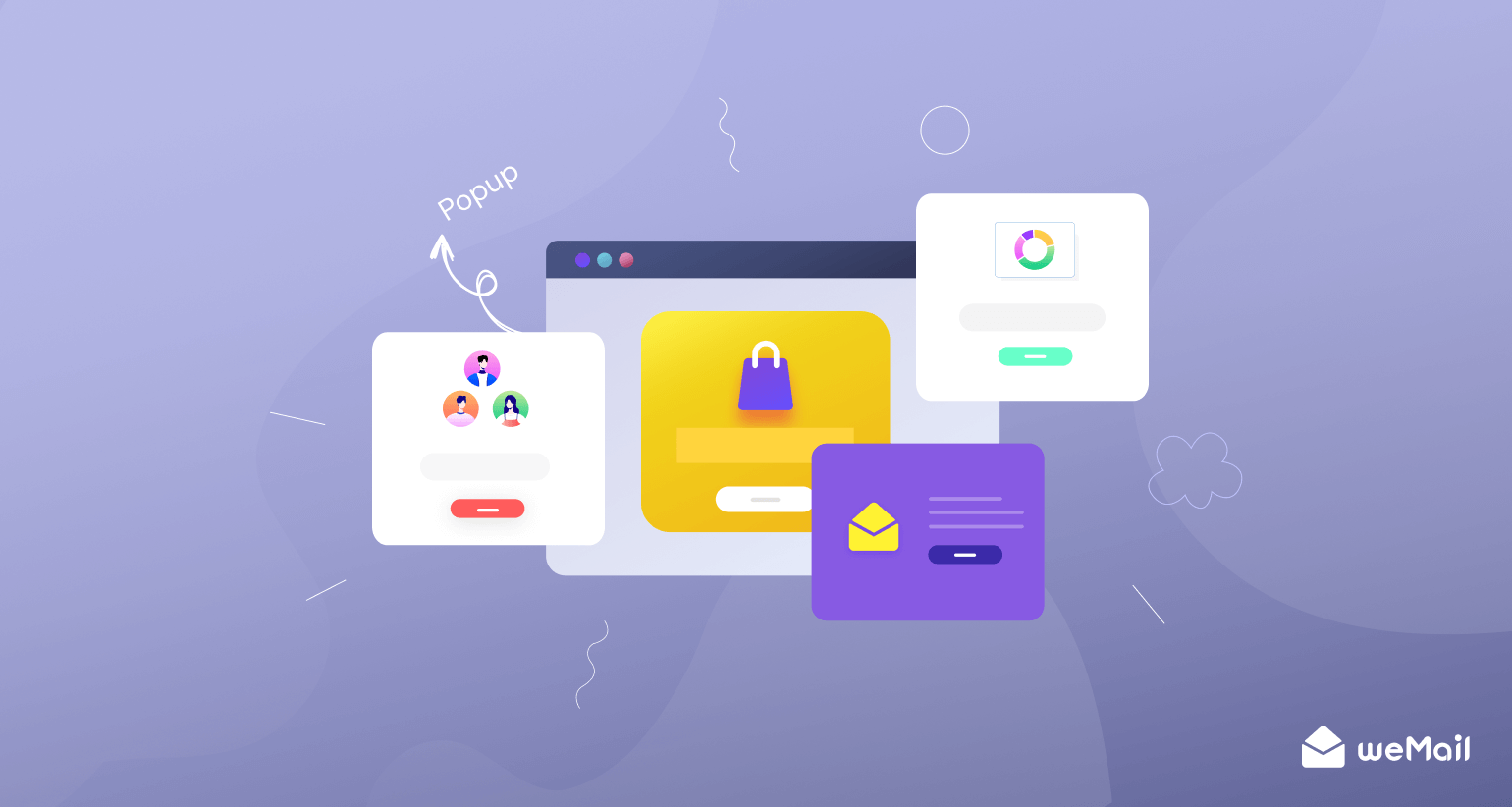How to Grow Newsletter Subscribers: 7 Actionable Steps

Is your newsletter growing at a slow pace? You’re not alone. Getting people to join your email list takes more than a basic form and a “Subscribe Now” button. To see real growth, you need a plan that quickly grabs attention and builds trust.
The good news is, growing your subscribers doesn’t have to be complicated. You need the right mix of strategy, content, and timing. The truth is, a thriving newsletter isn’t just about numbers. It’s about building real connections with people who want to hear from you.
So you need to focus on both growing the number of subscribers and getting the right ones. In this guide, you’ll learn how to grow newsletter subscribers that work for everyone, no matter if you’re running a blog, selling digital products, or scaling a SaaS brand. Nail these steps, and your subscribers won’t just stay but engage and look forward to your next send.
How to Grow Your Email List and Keep Readers Coming Back
You don’t need a big budget or a fancy funnel to grow your email list. What you need is the right offer, the right words, and consistency. People won’t hand over their email just because you asked. They need a reason. But how to convince them? The following section has your answers.
1. Establish a Strategic Foundation

Before you try to get more subscribers, figure out who you actually want on your list. Get clear on your goals, your audience, and what makes your newsletter worth signing up for.
Know Who You’re Talking To
Before anything else, figure out who should be on your list. Who needs what you send? Look at your website stats. Check which pages get the most traffic. Look at your social media comments. These clues tell you what your audience wants. And always try to onboard active emails to make the best of your email marketing efforts.
88% of users check their email multiple times a day, with 39% checking 3-5 times daily, emphasizing the need to target an active email audience.
Run a quick poll or a simple survey. Ask people what they’re struggling with. It doesn’t need to be fancy. A single question can point you in the right direction.
Give People a Real Reason to Sign Up
What’s in it for them? If you can’t answer that fast, neither can your visitors. A weekly tip? A free tool? Special discounts? Whatever you offer, keep it focused. Don’t just say “Sign up for updates.”
That’s easy to ignore. Instead, say what they’ll get and how it helps. And, don’t forget that your email can manipulate your readers’ buying intent. So, what you offer is very crucial.
59% of consumers say marketing emails influence their purchase decisions, highlighting the importance of a compelling value proposition.
– OptinMonster
Think about your niche. A fitness coach might offer “Weekly fat-loss tips backed by science.” A digital store could say, “Get early access to flash sales.”
Set a Target You Can Measure
Guesswork won’t get you far. You need real numbers. Want 500 new subscribers in the next two months? Hoping for a 20% open rate? Set a goal. Stick with it.
Also, think about why you’re collecting emails. Do you want more course signups? More sales? Or just more eyes on your blog?
See how many people opened your email, how many clicked, and what they clicked. Use that data to tweak your plan as you go.
2. Make It Easy to Sign Up

People won’t sign up if your forms are hard to find or a pain to fill out. Keep it simple, clean, and obvious. Your form should make readers think, “Why not?”
Keep Your Forms Short and Sweet
No one likes a long form. Ask for just the email. If you need more, maybe the first name. That’s it. Fewer fields mean more signups. Use clear buttons. Say things like “Send Me Weekly Tips” or “Join the Free Course.” Avoid boring buttons like “Submit.” That word kills clicks.
Put Forms Where People Look
Add your form to your homepage, your blog, or your sidebar. Got a blog post getting tons of traffic? That’s the perfect spot for a signup form.
Use popups, too. Not the annoying kind. Just a friendly box that shows up when someone’s about to leave. That’s your last chance to keep them on your list.
Stay Legal and Keep Things Simple
If you’re collecting emails, follow the rules set by compliance authorities. Use double opt-in. That means the person has to click a link in an email to confirm. It filters out fake addresses and builds trust. Add an ‘unsubscribe’ button at the end as well to stay compliant.
Every single email that breaks the CAN-SPAM Act could cost you up to $53,088 in fines. Ignore compliance, and you’re basically lighting money on fire.
3. Share Content People Actually Want

Boring emails get ignored. Make your content useful, fun, or both. Speak to what your readers care about. Keep them clicking and coming back for more.
Talk About What Matters to Your Readers
If you want people to open your emails, write about things they care about. Start by asking questions. Follow trends in your space. But don’t just copy what everyone else is doing. Add your take. If something is buzzing on Twitter or Reddit, write about it while it’s hot.
Keep Things Fun and Easy to Read
No one wants a wall of text. Mix it up. Write a quick tip. Share a story. Drop a tool you love. Use bullet points when needed. Add a bold header here and there. You can even include visuals. A quick chart, a funny GIF, or a mini infographic makes a big difference. Visuals break the scroll.
Emails with graphics achieve a 43.12% open rate and 4.84% click-through rate, compared to 35.79% and 1.64% for text-only emails.
– GetResponse
Not a designer? Doesn’t matter. Popular email marketing tools give you pre-built templates and a drag-and-drop editor. You can build a good-looking newsletter in minutes, not hours.
Stick to a Schedule
Show up on time. If you promise a weekly tip, send it every week. No excuses. People forget fast. Stay top of mind by being consistent. You don’t need to email daily. Even once every two weeks can work if the content is solid. Whatever pace you choose, stick with it.
4. Spread the Word Everywhere

Don’t just sit around waiting for people to find your form. Use your website, social channels, and even your email signature to push your newsletter.
Start With What You Already Own
Don’t just build a signup form and hope for the best. Put it where people already hang out. Add it to your website’s footer. Place it after blog posts. Slide it into your email signature. Even a small nudge works. Say something like, “Want more tips like this? Join the newsletter.” That little line can bring in steady signups.
Let Others Talk About You
Guest posts still work. Find blogs in your niche and offer value-packed articles. In your bio, link to your newsletter. That’s it. No hard sell. Join communities. Share helpful comments. Link to your best content. But don’t spam. People can tell.
Run Ads if It Makes Sense
Got a little budget? Try running a simple Facebook or Google ad. Target your ideal reader. Offer your lead magnet in the ad. Just keep it clear and honest. You can also retarget visitors who left your site without signing up. Sometimes they just need a second look.
38% of brands are increasing their email marketing budgets, with paid ads driving subscriber growth.
– HubSpot
5. Team Up With Others
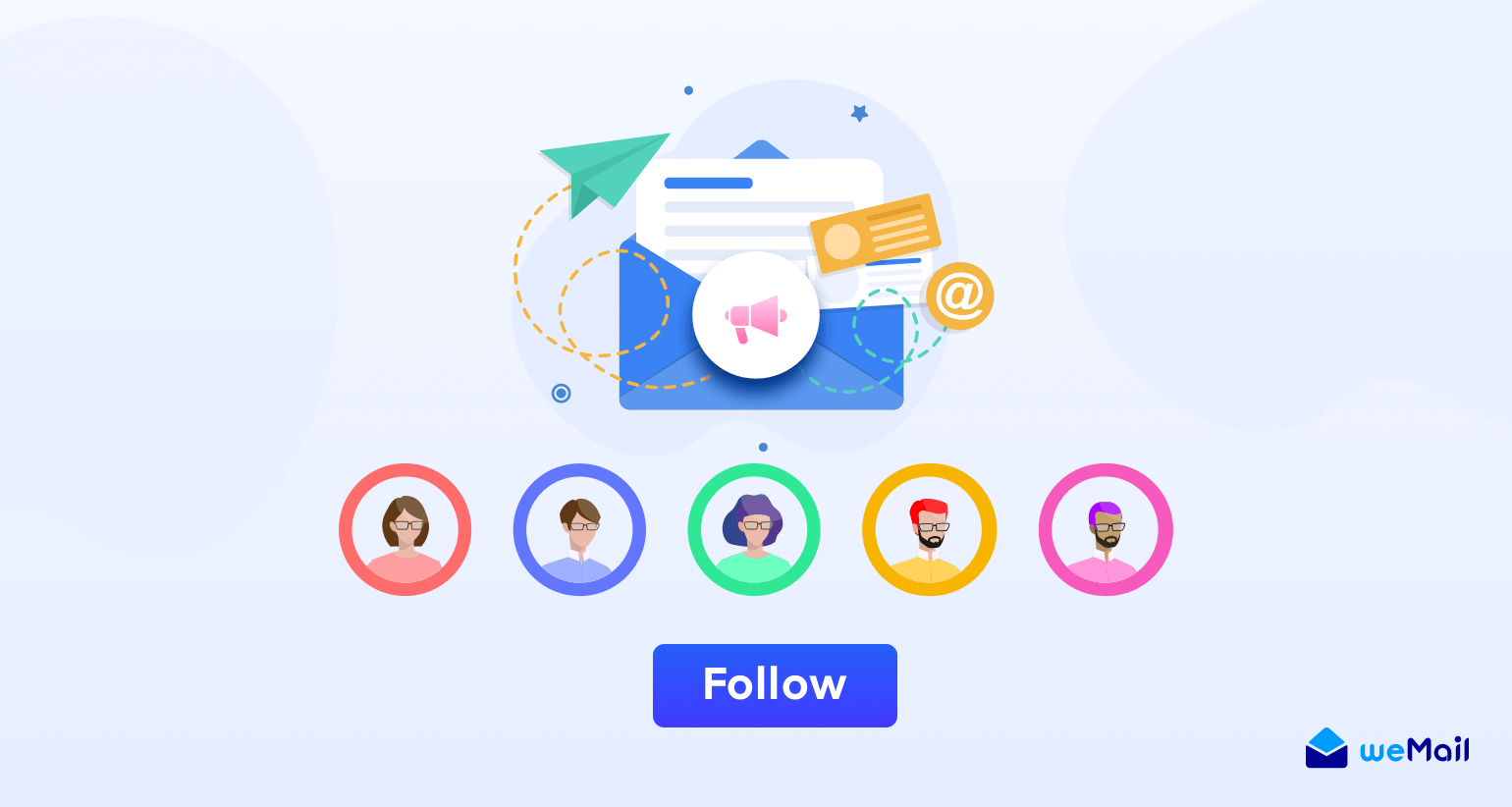
You don’t have to do this alone. Partnering with other brands, influencers, or communities can get your newsletter in front of fresh eyes.
Find Brands That Fit
Collaborate with brands that serve the same people you do, not competitors. Think cousins, not twins. Maybe you’re a content writer. Team up with a keyword tool. Do a co-branded checklist. Share it with both audiences. You grow your list, while they grow theirs.
Work With Influencers
Look for people who already talk to your target audience. Offer them something worth sharing. It could be a special guide. It could be an invitation to your newsletter. Maybe even a small commission for each signup. Don’t aim for huge names. Micro-influencers often bring better results. They’ve built real trust with their audience.
Go Where the People Are
Communities are everywhere. Slack groups. Facebook groups. Subreddits. Forums. Join a few and be helpful. Don’t pitch right away. Instead, share a useful link from your newsletter. Or host a free live event. Collect emails from signups and keep in touch afterward.
6. Keep Subscribers Happy and Coming Back

Getting new subscribers is only half the job. If your content stinks or you vanish for weeks, they’ll leave. Treat your list like gold, and they’ll stick around.
Start With a Warm Welcome
The moment someone signs up, they’re paying attention. Don’t waste it. Send a welcome email right away. Say hi. Let them know what to expect. You may share a quick win or a freebie. A small gesture builds instant trust.
Want to take it a step further? Set up a short email series. Three to five emails work great. Introduce yourself, share your best content, and invite replies.
Speak to People Like You Know Them
One email doesn’t fit all. Some folks want tips. Others prefer updates or deals.
Segment your list. You can break it down by interest, signup source, or past behavior. Then speak directly to each group. Also, use their name. Mention what they signed up for. Tiny details like this get more opens and clicks.
Win Back the Quiet Ones
Some subscribers go silent. That’s normal. But don’t ignore them. Send a check-in email. Ask if they still want to hear from you. Offer a perk, like a discount or bonus content. You might bring a few back to life. And if someone never clicks, it’s okay to let them go.
7. Test Everything and Trust the Data
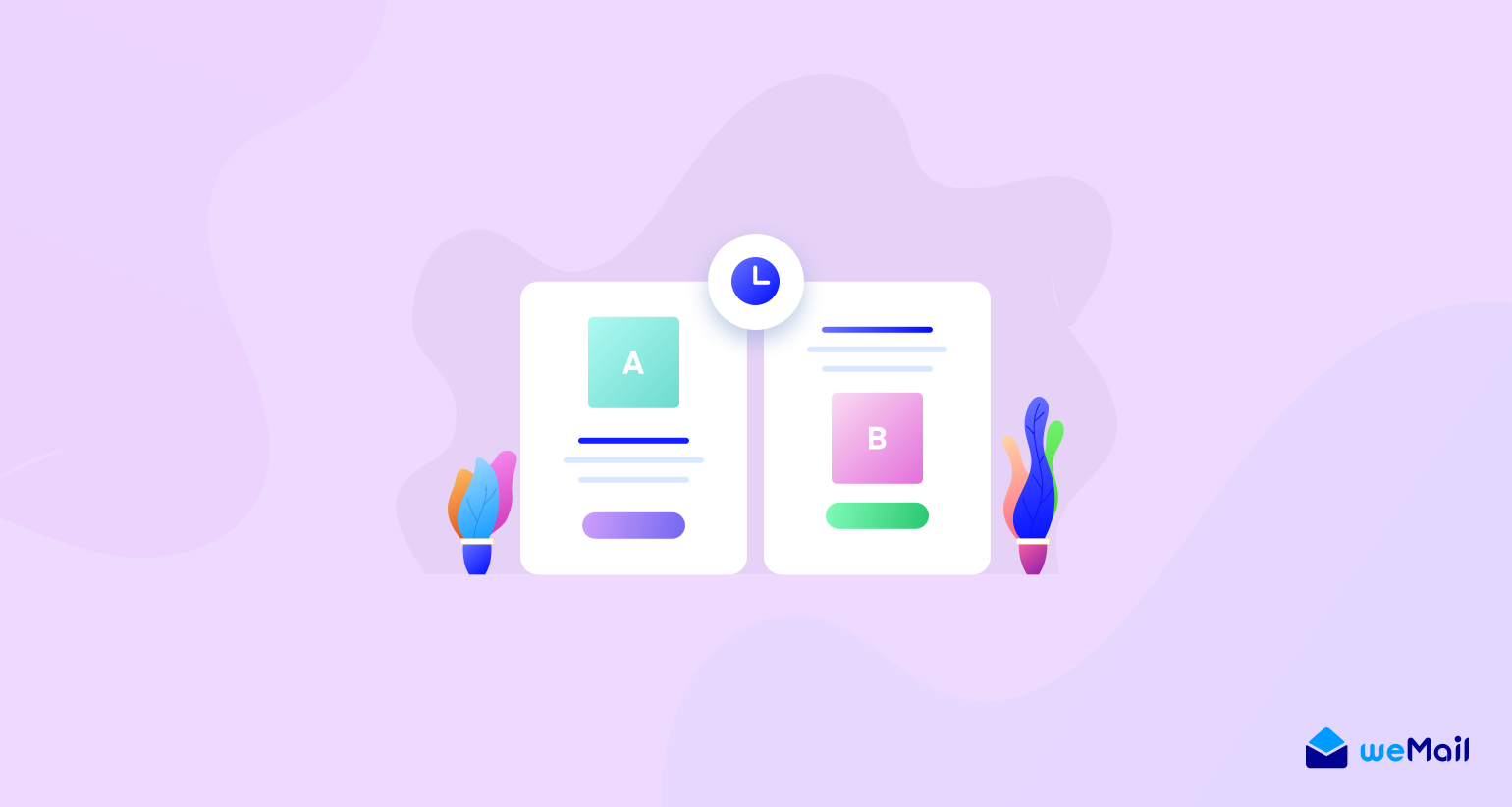
Run tests, and change what needs fixing. The best lists grow because they adapt.
Look at the Numbers
Numbers tell the truth. How many people signed up this week? Which page got the most form fills? Are your emails getting opened or trashed? Check these basics regularly:
- Signup rate
- Open rate
- Click rate
- Unsubscribes
Try New Ideas and See What Sticks
Sometimes a tiny tweak makes a big difference. Change the subject line. Move the form from one place to another. Offer a new lead magnet. Don’t just wonder if it works. Test it. Run two versions. Let the data pick the winner.
Keep Improving Based on What You Learn
Saw that a Facebook post brought in 200 new signups? Double down on it.
Noticed a lead magnet flopped? Time to replace it.
Use what you learn to clean up your list, improve your copy, or shift your focus. Don’t let things sit just because they “used to work.”
And when emails start bouncing or open rates drop, prune your list. A smaller list that clicks is worth more than a big one that doesn’t.
How to Make Money From Your Newsletter
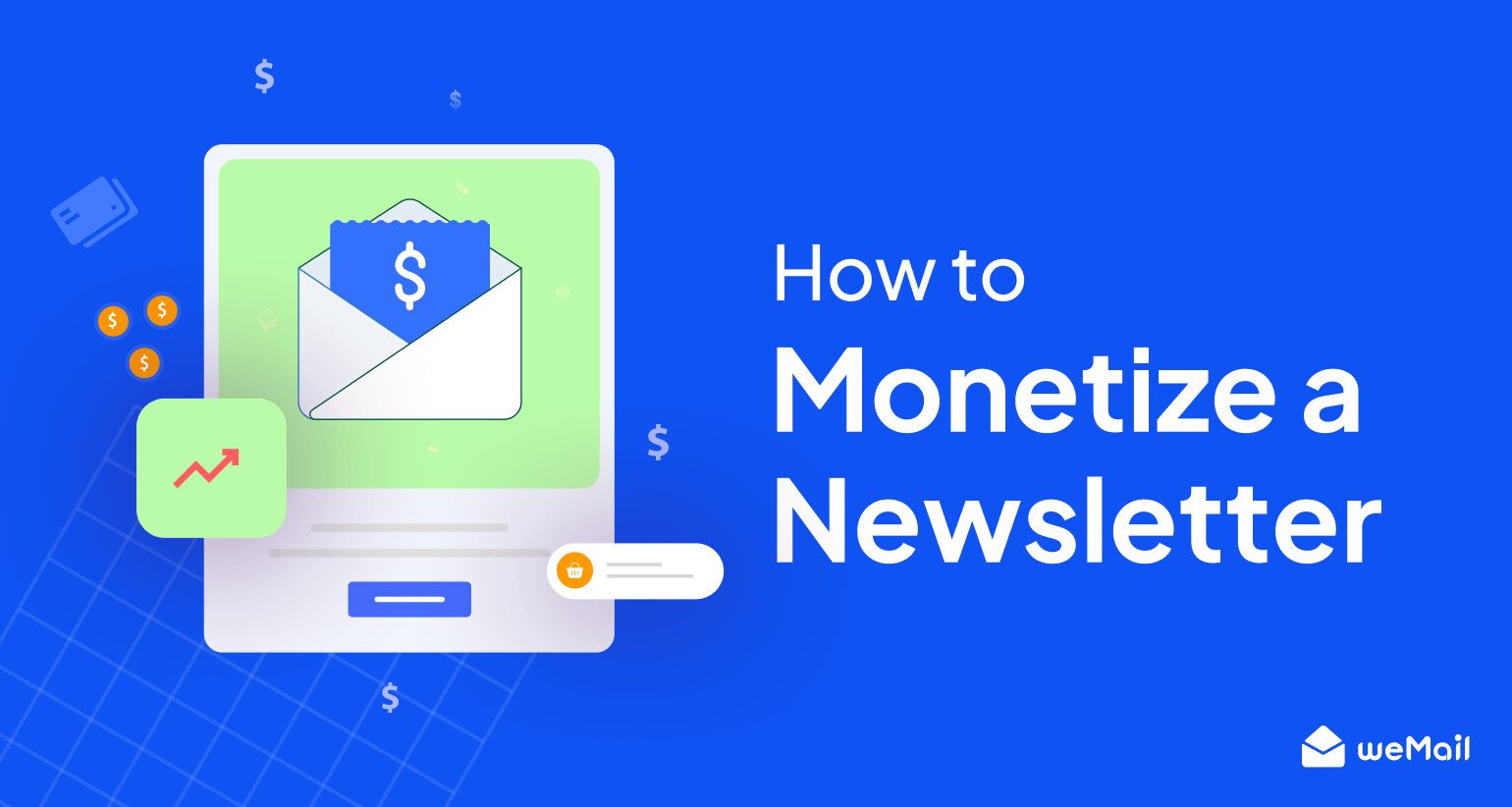
Yes, you can earn from your list without being annoying. Use affiliate links, promote your own products, or add sponsored spots. Just keep it honest and useful.
1. Recommend Products You Actually Believe In
You’ve earned your readers’ trust. Don’t throw it away with random ads.
If you use tools or services that helped you, share them. Add your affiliate link. You’ll earn a commission if someone buys through your email. Keep it honest. A quick note like, “I use this myself,” goes a long way.
2. Sell Something of Your Own
Got a digital product? Maybe a course, a template, or a downloadable guide? Your newsletter is the perfect place to promote it.
Talk about the problem it solves. Show how it helps. Add a clear link to buy.
Use your emails to warm people up, then send a sales email. That combo works better than shouting “buy now” to cold leads.
3. Try Sponsored Emails – Just Don’t Overdo It
If your list is active and growing, sponsors might pay you to feature their product.
You don’t have to sell the whole email. Just add a small section. Make sure it fits with what your audience cares about. A “sponsored pick of the week” or a short shout-out can bring in revenue without annoying your readers.
How weMail Supports Your Newsletter Growth Strategy
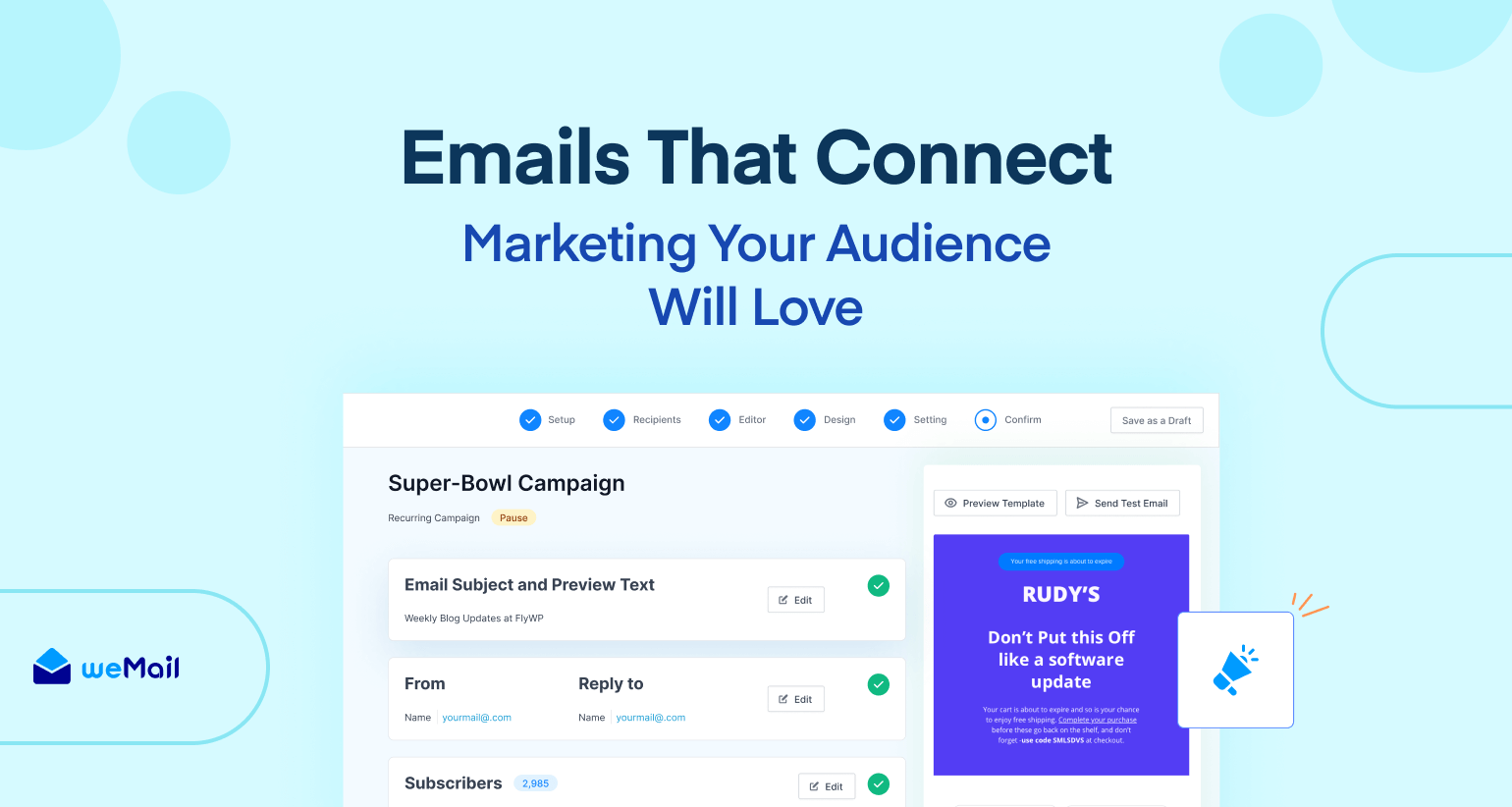
If you’re running a WordPress site and need a solid email marketing tool, weMail covers nearly everything. The following table makes it clear how weMail supports your newsletter growth strategy:
| Use Case | How weMail Supports It |
|---|---|
| Understand Your Audience | Syncs with WooCommerce and Easy Digital Downloads to collect customer insights and behavior. |
| Test What Works | Offers A/B testing for subject lines, content, and sender names to improve engagement. |
| Set and Measure Goals | Tracks signups, opens, clicks, and unsubscribes with a built-in analytics dashboard. |
| Build Smart Forms | Drag-and-drop form builder with inline, popup, and slide-in options for WordPress. |
| Stay Compliant | Provides double opt-in, auto-confirmation emails, and GDPR-friendly settings. |
| Segment Your List | Uses tags and segmentation to personalize content for different subscriber groups. |
| Automate Email Sequences | Automates welcome emails, lead magnet delivery, and drip campaigns. |
| Deliver Lead Magnets | Sends downloadable resources automatically through integrated signup forms. |
| Re-Engage and Clean Lists | Sends reactivation campaigns, tracks bounces, and auto-cleans inactive emails. |
| Scale Without High Costs | Connects with Amazon SES and other sending gateways for budget-friendly email sending, even with large lists. |
So, if you’re using WordPress with weMail, growing your newsletter list just got a whole lot easier. Follow this guide from start to finish, and you’ll learn how to attract more subscribers using smart strategies and the best of what weMail has to offer.
Build a List That Listens to You
Growing your newsletter subscribers is about building a community that actually wants to hear from you. That means offering value right away, keeping things simple, and showing up with personality, not a sales pitch.
Don’t just chase signups. Give people a reason to stay. Make your opt-in feel like a win. Use clear copy, smart incentives, and a consistent tone that feels like you. Every touchpoint should feel effortless and inviting.
And remember, quality beats quantity every time. A smaller list that clicks, reads, and replies is worth more than thousands who ignore you. So, take what you’ve learned, test what works, and stay human in every email. The subscribers will follow.
